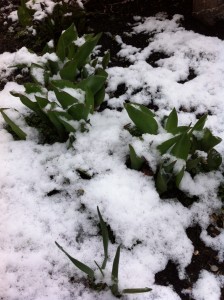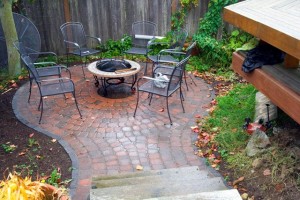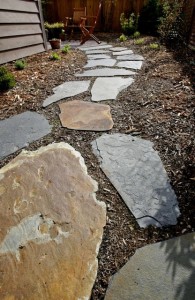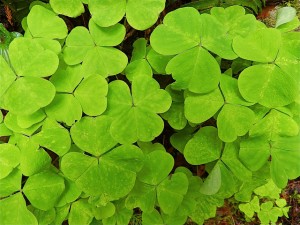Renovating your lawn by aerating, over-seeding, and top-dressing
Posted on April 5th, 2012 by Andy
Spring is here, and that means it’s time to give your lawn a healthy, natural boost by aerating, over-seeding, and top-dressing. This triple-combination lawn practice is a key way to maintain a natural, organic lawn. Doing this once every couple years will help you maintain a green healthy lawn without the use of pesticides.
Some companies may only aerate your lawn, but we feel your lawn benefits most when you also over-seed (spread grass seed) and top-dress (spread a thin layer of compost over your lawn). Here’s how and why we do it:
First, we aerate your lawn. Why aerate? Over time, lawns become compacted from heavy use; each time your pets, kids and others walk across or play on the lawn, all that foot traffic presses down on the soil, making it harder for the grass roots to take up water and other nutrients. That greatly reduces air pockets in your soil. Grass (and other roots) require oxygen to grow and absorb nutrients and water. When we aerate your lawn, we use a mechanical aerator that pulls out small plugs of soil from the lawn about one to two inches in length. This creates little air pockets that allow water, fertilizers and other nutrients to move to the root zone more easily. These air pockets improve the lawn’s ability to absorb rain and prevents fertilizers from running off the lawn surface. The soil plugs are left on the lawn, because they’ll eventually break down and work back into the soil.
Second, we over-seed your lawn, which means we’ll spread a Northwest blend of grass seed over your lawn to help fill in bare patches. Spring is a good time to aerate, over-seed and top-dress because weather is important. Grass seed needs roughly 60F temps to germinate. Put it down too early in the winter and it just rots or gets eaten by birds. Put it down too late in the summer and you’ll have to baby-sit it with a sprinkler to keep it from drying out.
Finally, we top-dress the lawn, which involves spreading a thin layer of compost on top of your lawn. Compost is great for building healthy soil in landscape and garden beds; the same is true for your lawn. Healthy lawns require healthy soil. We’ll rake a thin layer of compost over your lawn (with some filling the aeration holes), where it will gradually move to the soil below the grass. Top-dressing with compost helps soils use fertilizer more efficiently and adds nutrients. It’s a good idea to top-dress your lawn once a year to restore soil humus.
Contact us today to setup a consultation if you’d like help with lawn renovation services.
Filed under: Seattle Landscape Maintenance,Seattle Lawn Care | Permalink | No Comments
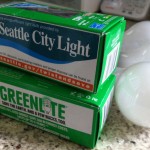 Looking for ways to cut down on our heating costs, we recently took advantage of a Seattle City Light home energy audit program for our 1952 West Seattle home. For $95 (the utility pays about $305), you can hire a home-energy auditor to come to your home, assess your energy performance, and give you tips on how to weatherize your home, make the building more energy efficient and reduce your carbon footprint. The program is open to all Seattle City Light customers living in single-family homes.
Looking for ways to cut down on our heating costs, we recently took advantage of a Seattle City Light home energy audit program for our 1952 West Seattle home. For $95 (the utility pays about $305), you can hire a home-energy auditor to come to your home, assess your energy performance, and give you tips on how to weatherize your home, make the building more energy efficient and reduce your carbon footprint. The program is open to all Seattle City Light customers living in single-family homes. 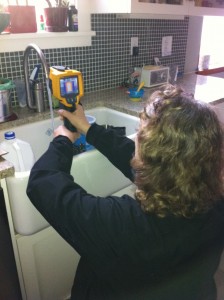
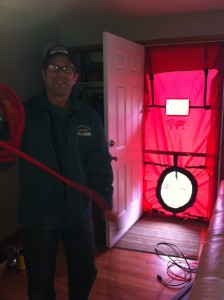
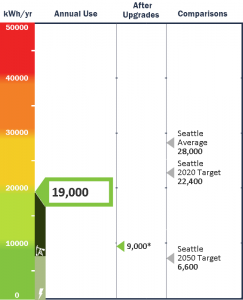
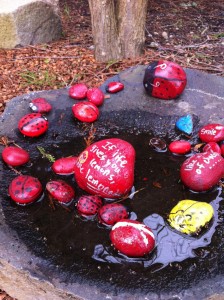
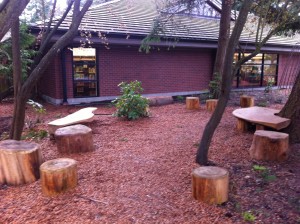
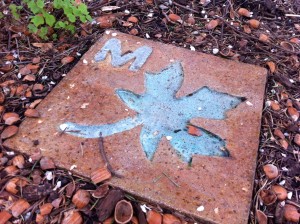
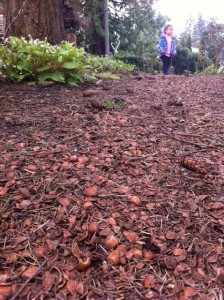
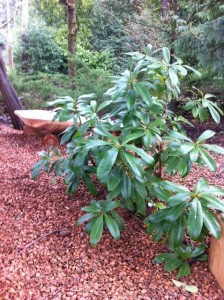
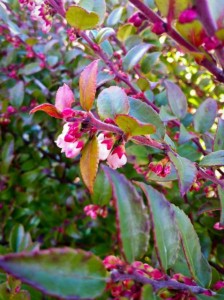
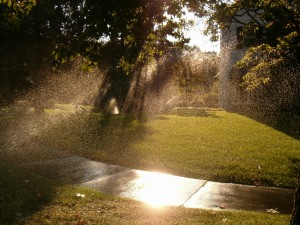
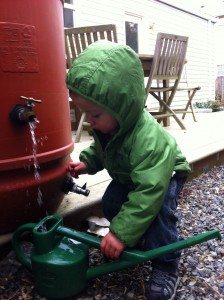
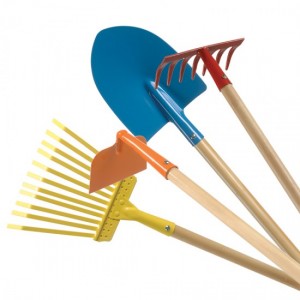 Get your kids good-quality tools that fit small hands, rather than having them wrestle with adult-sized tools. Practice safe handling of those tools, and teach them how to put tools away. My son has a blue metal shovel, a yellow hoe, and a bamboo shrub rake. Each cost between $5 and $10. We bought all three at the West Seattle
Get your kids good-quality tools that fit small hands, rather than having them wrestle with adult-sized tools. Practice safe handling of those tools, and teach them how to put tools away. My son has a blue metal shovel, a yellow hoe, and a bamboo shrub rake. Each cost between $5 and $10. We bought all three at the West Seattle 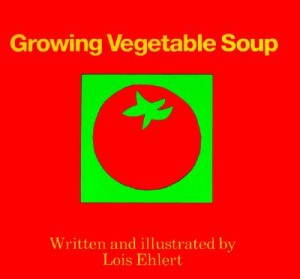 Read books about gardens and bugs. The
Read books about gardens and bugs. The 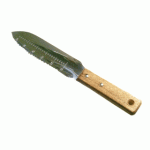
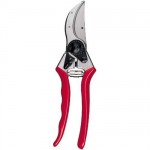
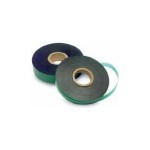 3. Plant tape, about $1-$2 for a 150-foot roll (left). There are a lot of choice out there when it comes to tying plants, including twine, plant tape/ribbon, wire, or velcro. We prefer plant tape because it’s cheap, has many uses and is stretchy, so it doesn’t girdle a tree – unlike wire or twine. We like them for tying vines to trellises, staking tomato plants, mending branches, and supporting weak branches.
3. Plant tape, about $1-$2 for a 150-foot roll (left). There are a lot of choice out there when it comes to tying plants, including twine, plant tape/ribbon, wire, or velcro. We prefer plant tape because it’s cheap, has many uses and is stretchy, so it doesn’t girdle a tree – unlike wire or twine. We like them for tying vines to trellises, staking tomato plants, mending branches, and supporting weak branches.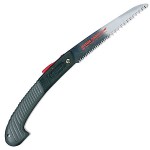 4. Folding pruning saw, between $10-$25. This handy fine-tooth pruning saw folds up and fits in your back pocket for easy access. It works great for light and medium pruning jobs. Get one with an ergonomic fit, and rubberized handle for better grip and comfort.
4. Folding pruning saw, between $10-$25. This handy fine-tooth pruning saw folds up and fits in your back pocket for easy access. It works great for light and medium pruning jobs. Get one with an ergonomic fit, and rubberized handle for better grip and comfort.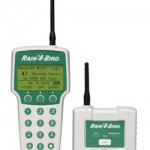 5. Landscape irrigation and remote, about $300. Ok – this is mostly for professionals only, but let us geek out for a moment and suggest this high-tech gizmo as a must-have for those who spend a lot of time fine tuning irrigation systems. The price, alone, sets it apart from the other items on this list, but it’s no less essential for the serious gardener. This Rainbird remote lets you turn on your sprinkler system from anywhere in your yard; when you need to adjust your sprinkler in one corner of your yard, you can use this remote control to do it rather than having to walk back to the central controller.
5. Landscape irrigation and remote, about $300. Ok – this is mostly for professionals only, but let us geek out for a moment and suggest this high-tech gizmo as a must-have for those who spend a lot of time fine tuning irrigation systems. The price, alone, sets it apart from the other items on this list, but it’s no less essential for the serious gardener. This Rainbird remote lets you turn on your sprinkler system from anywhere in your yard; when you need to adjust your sprinkler in one corner of your yard, you can use this remote control to do it rather than having to walk back to the central controller.